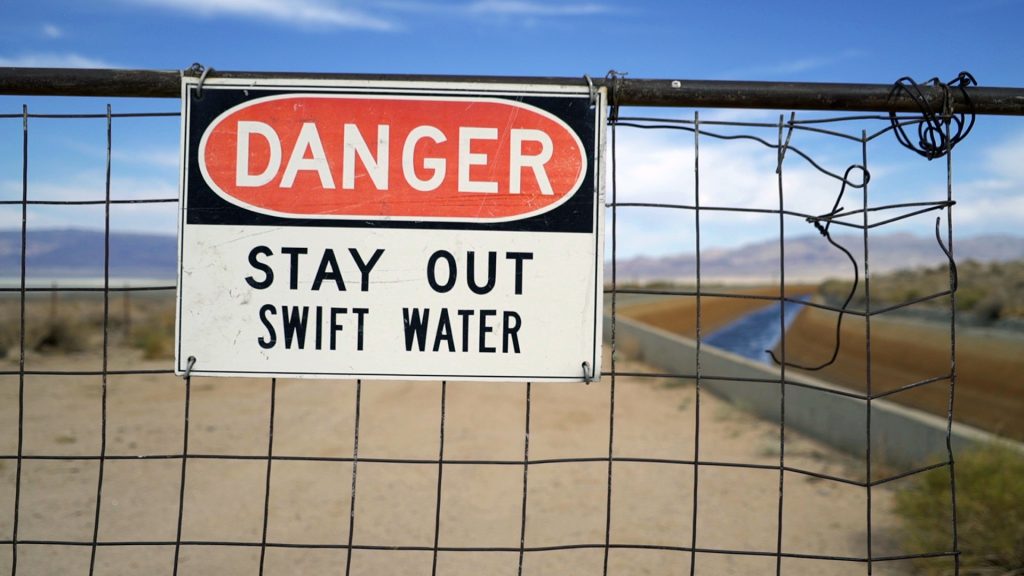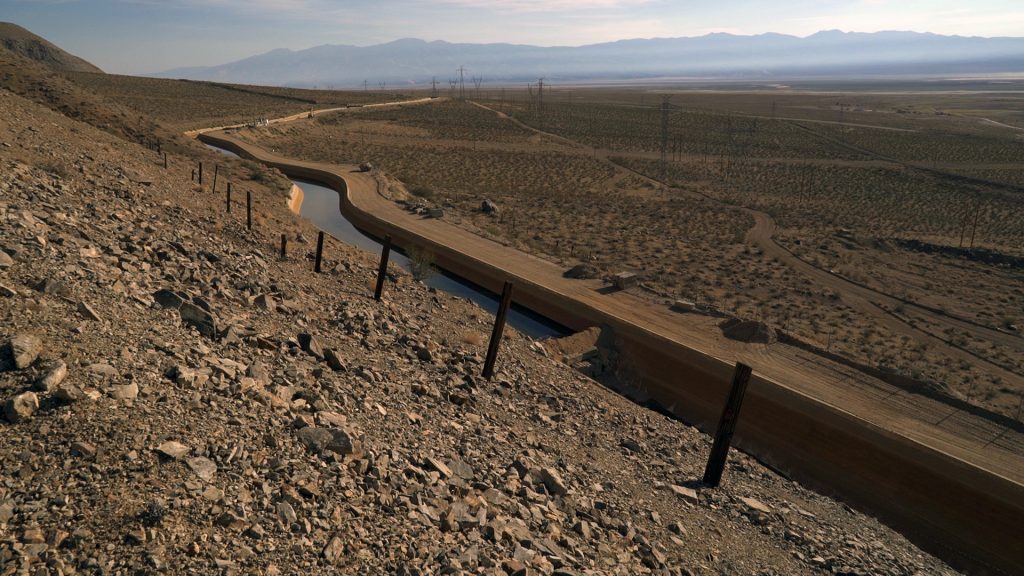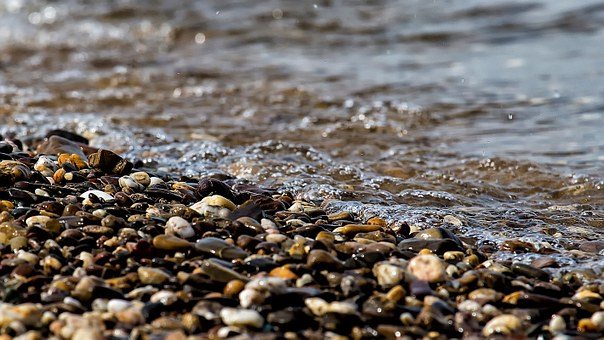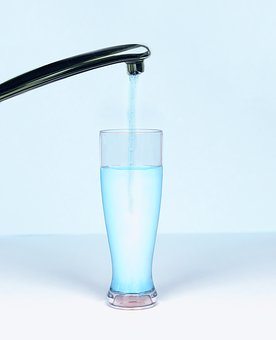On April 7 2017, following unprecedented water conservation efforts, Governor Edmund G. Brown Jr. ended the drought state of emergency for most of California, marking a formal end to a water shortage that has been erased by a winter of plentiful rain and snow. The drought state of emergency was declared in January of 2014 as the state suffered through one of the driest periods in its history. Here at Water – Use It Wisely, we were glad to hear that Governor Brown followed his announcement with this quote, “This drought emergency is over, but the next drought could be around the corner. Conservation must remain a way of life.” Today we bring you a captivating story about the making of the documentary, The Longest Straw. With a passion for environmental issues and concerns from the drought, documentary film director Samantha Bode and crew had a goal of raising awareness of Southern California’s major water resources – to draw a connection between the water that supports a city and that water’s source. Enjoy her story.
FOLLOWING WHERE THE WATER GOES
Ever since I was a young girl, everyone around me emphasized the importance of water conservation. I learned early on not to run the sink while I brushed my teeth or to take long showers. I re-used the cup by my bed in an effort to save every drop. Somehow, though, the real importance of water conservation never sank in until much later in life. It was like sorting recyclables or being kind to strangers: something I could concede was important, although I never witnessed the impacts of these gestures.
Fast forward to 2013, when Governor Jerry Brown advocated for water conservation among Californians. I had recently joined a project called The Longest Straw, which sought to help people connect with the source of their water resources, and suddenly a light bulb turned on. Where did Los Angeles’s water come from? The answer to that question was more complicated than I could have imagined.

There are three major water pipelines to the City of Angels: the Colorado River, the California Aqueduct, and the Los Angeles Aqueduct. That still doesn’t quite answer the question though – where do these aqueducts come from, and what does the transportation process look like?
The Los Angeles Aqueduct, for example, passes through mountains, deserts, national forests, multiple counties, and a major fault line to bring water to the city. Along the way, dozens of ecological systems are impacted, from the Mono Basin, where a unique terminal lake is threatened by depleted water supply thanks to diversions; to the Owens Valley where ever-lowering water tables threaten the way of life for ranchers who have lived there for generations; to the Paiute reservations throughout the Owens Valley, where tribal leaders must contend with the Los Angeles Department of Water and Power, who own hundreds of thousands of acres of land and water rights hundreds of miles away from LA.

When I turn on my tap these days, I no longer see an impersonal liquid delivered by unfathomable, obscure pipelines. Instead, knowing where my water comes from and the many impacts of an action as simple as turning on the tap, I now feel an emotional connection to my own water use. Every drop carries a story of struggle and impact, a struggle that now has a setting, a face, and a name.
Learning where your water comes from is an important first step when committing to water conservation. It may not have an immediate, measurable impact, but it will ensure long-term commitment to an important goal. Do you know how your water got to you today?

Water – Use It Wisely has many followers that live in the Arizona cities represented by our 20 water partners so it makes sense to also look at where Arizona gets its water. Check out these great sources:
- Arizona’s Water Supplies and Water Demands
- Where Does Phoenix Water Come from and Interactive Water Efficiency Site
- City of Scottsdale Water Sources
- City of Mesa video on where their water comes from
- Managing Water in the Desert
Don’t see your city, town or water provider on the list? Visit their web site to learn more about where their water comes from.
From time to time, Water – Use It Wisely features guest bloggers who write about topics related to water and water conservation. Angela Jorgensen is the producer of The Longest Straw, a feature documentary following one woman’s journey up the Los Angeles Aqueduct to follow the 338-mile journey her city’s water supply must travel. Premier information is not finalized yet, but the expected release is summer or fall of 2017; information will be posted on the website. Learn more at www.thelongeststraw.com


